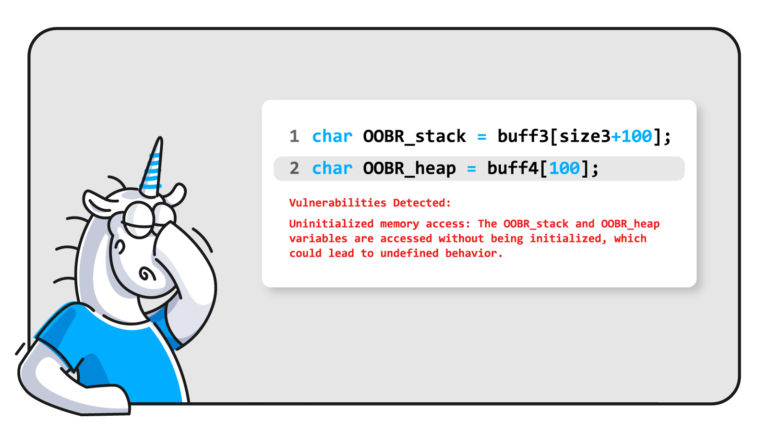Google+ – how the social network developed and why it had to be closed

The social network Google+ was supposed to become an alternative to Mark Zuckerberg's project – a platform that helps people stay in touch and find friends with similar interests. But seven years after its launch, the project had to be closed. Let's figure out what went wrong and why the new social network turned out to be not only unpopular, but also unsafe.
An ambitious idea and its implementation
The creator of Google+ was Vic Gundotra, a shareholder and head of Google's mobile services division. He convinced the corporation's founder, Larry Page, that his own social network was the only way to compete with Zuckerberg's rapidly growing platform. Having secured the support of private investor Bradley Horowitz, Vic Gundotra began developing a new platform and a year later his idea was brought to life.
Google+ became the fourth attempt by the search giant to occupy the niche of services for communication and content sharing. Previous projects – Orkut (2004-2014), Friend Connect (2008-2012) and Buzz (2010-2011) did not live up to expectations and were soon closed. An innovative social network was supposed to correct this and make the corporation a market leader.
The main feature of Google+ is circles. This feature allowed users to organize people into groups and share their favorite content with them. For example, you could show photos from a corporate event only to colleagues, and videos from a vacation to close friends. And filter the news feed, leaving in it posts from certain circles and communities. In addition, Google+ has been integrated with other corporate products such as Gmail and YouTube. This made it possible to send emails, photos and videos to communities or individuals in a couple of clicks. It also contributed to expanding the audience of services.
Google+ launch history
Registration for Google+ opened in June 2011. At first, it was available only by invitation. The atmosphere of a “closed club” attracted 10 million users to the platform in just a month, and by the end of the year their number grew to 90 million. Despite the hype, the first problems overtook the social network just a few weeks after the launch. Google has banned users from using nicknames instead of their real names and required users to disclose their gender. Accounts that do not meet these requirements have been deleted.
The loss of the opportunity to remain anonymous caused a wave of indignation. People who disagree with the new rules lost access not only to the new social network, but also to other services, including YouTube, Gmail, Google Maps, Google Play, Google Music, Google Wallet, Google Local. During the “cleaning” process, the corporation made a mistake that further undermined its reputation – it temporarily blocked all business profiles, causing significant damage to them.
In 2012, Google decided to accelerate the growth rate of its brainchild's audience at any cost. Now people who were not registered in it could not use Gmail. And in 2013, a Google+ account became available for commenting on YouTube videos. These techniques worked – the number of users exceeded 500 million. But many profiles were “dead” – they were created only in order to gain access to the necessary services. According to research firm Nielsen, visitors to Google+ spent about seven minutes on the site. And The New York Times compared the social network to a ghost town.
Age of change
In 2014, Vic Gundotra, who served as chief executive, left Google+. In his farewell post, he thanked his “invincible colleagues” for “persevering in the development of the social network despite the skepticism of critics.” Soon after the founder's departure, the corporation's policy changed dramatically – since 2015, everyone, not just Google+ account holders, could use its services. In addition, Google Photos and the Hangouts messenger became independent products.
According to Google, the social network has removed features that do not align with its mission of “creating social experiences based on shared interests.” At the same time, there were no updates that could fill the void and interest the audience. On the contrary, some changes have only made the service more difficult to use. Thus, the abandonment of hashtags made it difficult to find the desired content.
Another controversial innovation was the filtering of the news feed in accordance with people’s interests, and not with the chronology of events, as before. As a result, relevant publications often went unnoticed, and promoting commercial accounts became an impossible task. Against the backdrop of these changes, most users finally lost interest in Google Plus and returned to Mark Zuckerberg’s social networks.
Admitting failure
In August 2019, Google Plus ceased to exist. By this point, about 90% of its visitors spent less than five seconds on the site. According to the official statement of the corporation, the reason for the closure of the project was low audience involvement. And there are also difficulties in maintaining the social network: Google did not ensure the security of the database, which is why the names, email addresses, gender, age and positions of users were publicly available. This incident could have harmed more than 50 million people.
Another version of Google+'s ultimate failure is falling behind its competitors. By the time it was launched, people had already gotten used to other social networks and did not want to give up their accounts. In addition, the search giant literally forced a new product on users, not allowing its brainchild to develop naturally. As analytics company Startup Genome notes, “Google wanted too much, too fast.”
Useful from Online Patent:
How to get government support for an IT company?
What benefits can you get from registering a computer program?
More content about the field of intellectual property in our Telegram channel





